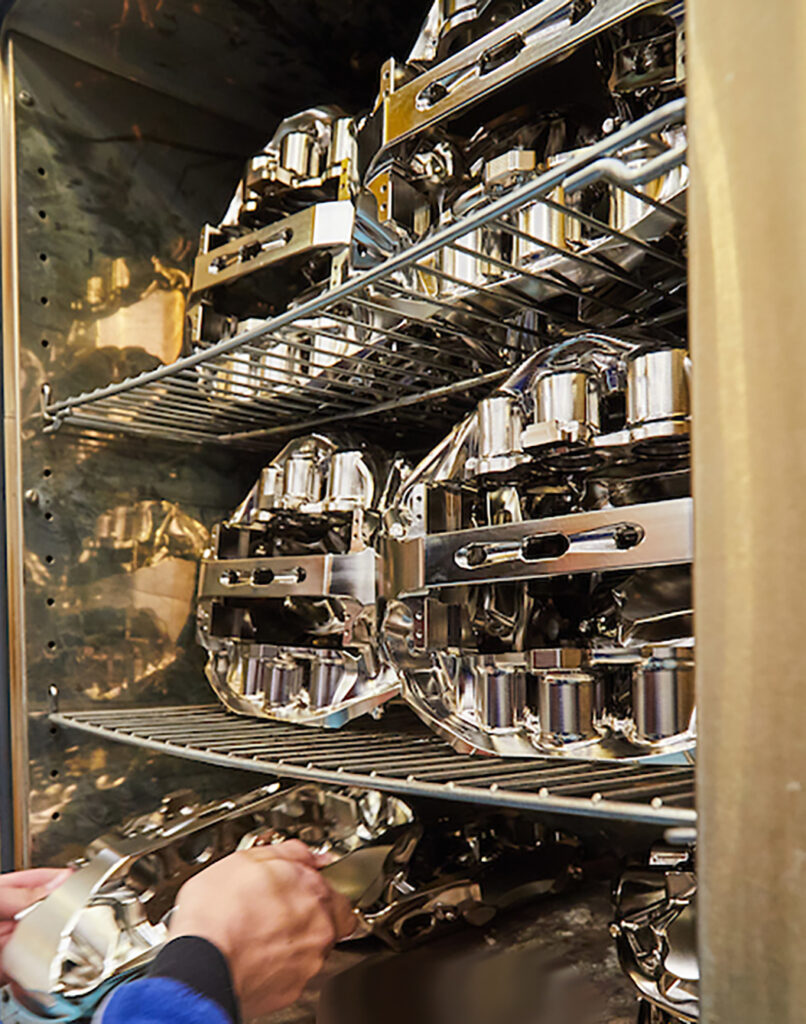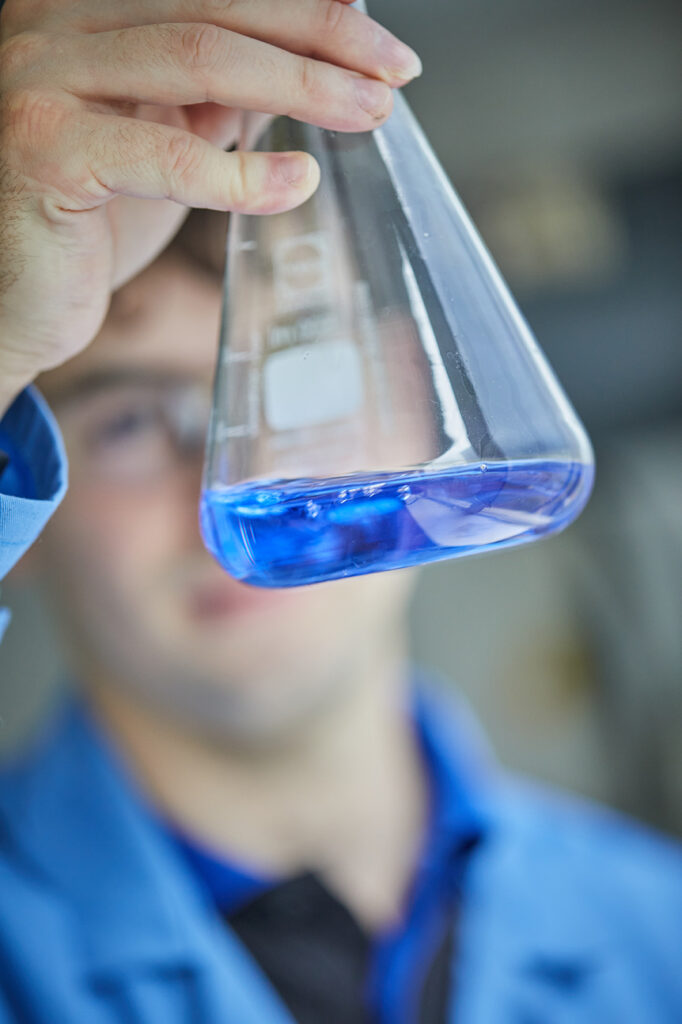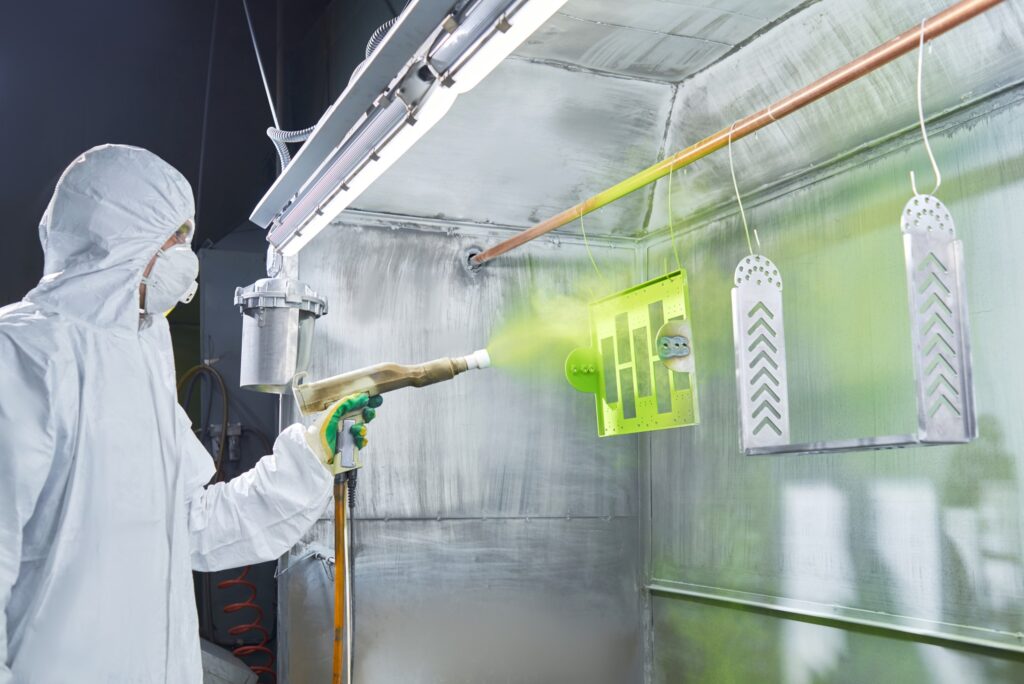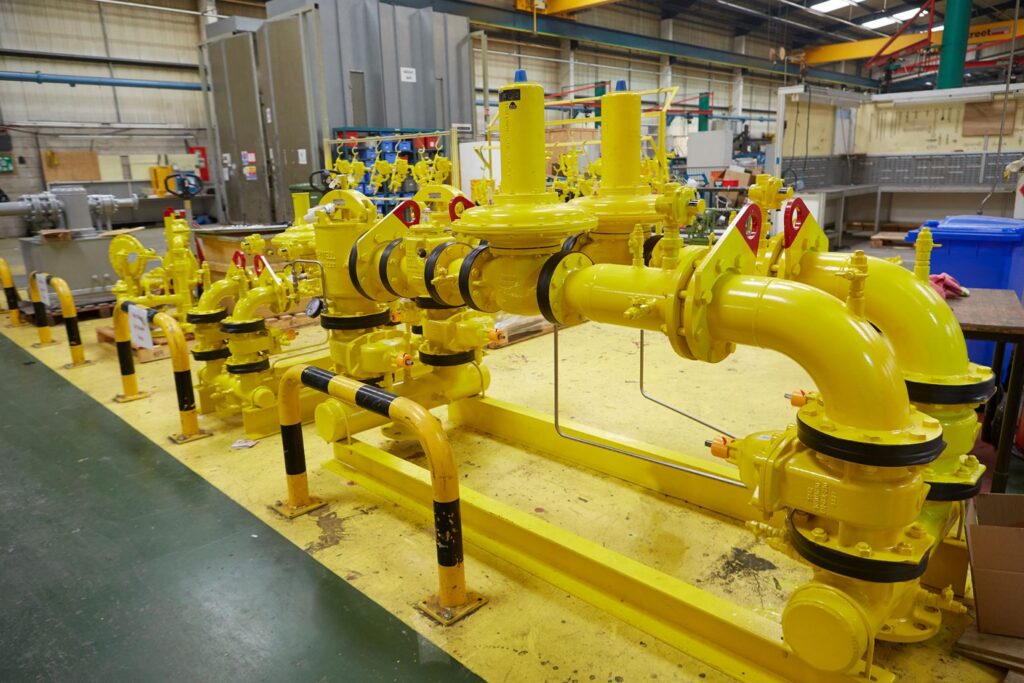
At CBE+ we have in-house heat treatment capabilities.
Our expert team have extensive experience in applying heat treatment to plated components to provide different properties.
Stress Relieving is the treatment of a metal or alloy by heating to a predetermined temperature below its lower transformation temperature followed by cooling in air. The purpose of this is to relieve residual stresses left present in the metal from processes such as forming, machining or welding.
When parts are plated or treated in acid, hydrogen from the water may be co-deposited onto the surface of the substrate along with the metal ions. Hydrogen atoms from this can diffuse into the material, resulting in a potentially harmful condition known as hydrogen embrittlement. De-embrittlement is a type of heat treatment applied to parts in this state, that allows the hydrogen to be diffused back out of the material.
Although ENP has an “as plated” hardness of around 500 HV already it can be increased through carefully controlled heat treatment.
Depending on customer requirement we can increase the hardness of a coating up to as much as a “hard chrome rivalling” 1000 HV
Some hardening treatments also introduce micro-cracking which while can be seen as a detriment, when it comes to hydraulic rams etc can be beneficial in application as this feature can help distribute lubricants.
It is worth noting though that increased hardness does increase wear resistance it does not equate to increased corrosion protection, these are two quite different things.
Diffusion is a specific type of heat treatment used to diffuse a coating or plating to the surface of a part.
We often use diffusion to improve the corrosion resistance of Electroless Nickel plating, allowing it to meet the demands of more extreme environments, we refer to this as diffused nickel plating.
Properties include:
Heat treatment with oven sizes as follows:

Our metal testing services include:

We offer in-house Pneumatic and Hydrostatic pressure testing.
The test area is ready to test products/valves at 1.5 WP x Hydrostatic and 1.1 x WP Ambient.
The equipment provides us with the capabilities to run rigorous testing from outside of the test room, detect the smallest leakages and carry out strength and functionality testing of valves and pressure-bearing products.
The testing facility includes a complex leakage detection system and has a number of safety systems including oxygen monitoring, nitrogen extraction and interlocking controls. It is also equipped with overhead cranes that have a 10-tonne lifting capacity, and a two-tonne handling crane which is situated within the high-pressure test room.
Pneumatic testing, also known as functionality testing, is used to ensure the product will work as it is intended to. It tests for external leaks and internal leak paths.
External leaks are leaks on the outer body of a component. This type of leak would result in the substance in use escaping the vessel and the pressure dropping resulting in the part not functioning correctly.
Internal leak paths are faults in a product that would allow high pressure chambers to leak in to low pressure chambers. The chambers will typically be manufactured to have pressure resistance relative to their use, therefore a high pressure leak into a low pressure chamber can be a big problem.
Both external and internal leaks have the potential to be highly dangerous if commissioned into use, especially when used in the gas industry, making pneumatic testing critical.
CBE+ can conduct functionality testing from 0-150bar.
Hydrostatic testing, also known as strength testing, is used to check the integrity/ strength of a product to ensure it is suitable to be used under different pressures.
During this process the part being tested is either submerged in water or filled with water. The water is then pressurised, this allows for safe testing.
Hydrostatic testing also checks the porosity of the component.

At CBE+ we regularly work with a wide variety of spray-painting and coating systems. Our large, enclosed paint spray room is 8M x 4M x4M and is equipped with 3 off 10T cranes.
We can provide:

Our shop floor has a dedicated area for the assembly of our customers’ products. Here, we put together both simple and complex assemblies to be shipped to customers as a single, finished product.
All items are tracked through the company’s MRP system ensuring full traceability of parts. Along with our CNC machining pressure testing, industrial painting & nickel plating, this is another example of why CBE+ is your ‘done in one’ service provider.
We have many years’ experience supplying this service to high-profile customers in the gas industry both in the UK and overseas. Our certified processes ensure that the relevant industry standards are always met.
We provide unmatched production capacity and turnaround times.
We have an extensive range of highly equipped in-house inspection and testing facilities.
We are introducing automated processes to our capabilities creating industry leading efficiencies.
We offer technical consultancy to develop and deliver exact procedures to meet your specific requirements
We have some of the largest plating tanks in Europe.